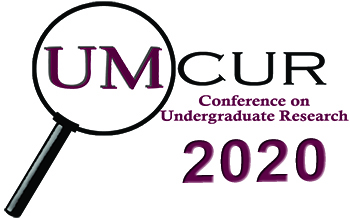The Story of Wyoming v. United States: The Law and Politics of Federalism at the National Elk Refuge
Project Type
Presentation
Faculty Mentor’s Full Name
Martin Nie
Faculty Mentor’s Department
Franke College of Forestry and Conservatioin; Resource Conservation
Abstract / Artist's Statement
The question “who owns wildlife?” has plagued the United States since before its conception. The very act of owning something wild seems paradoxical, let alone managing something wild. Federal bodies of law, such as the Endangered Species Act, the National Park Service Organic Act or the National Wildlife Refuge Administration Act, dictate that wildlife falls under public ownership, while state governments commonly endeavor to assert sovereign ownership of wildlife on the basis of doctrines like the North American Model of Wildlife Conservation, and tribal entities advocate for common ownership and access to wildlife resources based upon traditional uses and treaty rights.
Although principles of federalism (which are embedded throughout public law) encourage federal, state, and tribal agencies to work concertedly towards productive wildlife management, competing interests and conflicting values cripple any sense of cooperation. As a result, valuable resources and public funds are lost to litigation, incompatible management strategies, and bureaucratic trappings. The story of Wyoming v. United States exemplifies the tension resulting from the complex nature of wildlife law, specifically where state interests collide with federal interests. While the courts made clear that federal agencies retain final decision-making authority, the practical implications of properly exercising that authority remain muddled.
This discussion will focus on articulating the importance of federalism in understanding the law and politics of wildlife management in the United States. Through the review of legal documents, court rulings, scholarly articles, agency plans, and other related sources, this analysis will identify the key issues that contributed to the litigation in Wyoming v. United States and will discuss how pervasive those issues remain nearly two decades later
Category
Humanities
accompanying powerpoint to presentation
The Story of Wyoming v. United States: The Law and Politics of Federalism at the National Elk Refuge
The question “who owns wildlife?” has plagued the United States since before its conception. The very act of owning something wild seems paradoxical, let alone managing something wild. Federal bodies of law, such as the Endangered Species Act, the National Park Service Organic Act or the National Wildlife Refuge Administration Act, dictate that wildlife falls under public ownership, while state governments commonly endeavor to assert sovereign ownership of wildlife on the basis of doctrines like the North American Model of Wildlife Conservation, and tribal entities advocate for common ownership and access to wildlife resources based upon traditional uses and treaty rights.
Although principles of federalism (which are embedded throughout public law) encourage federal, state, and tribal agencies to work concertedly towards productive wildlife management, competing interests and conflicting values cripple any sense of cooperation. As a result, valuable resources and public funds are lost to litigation, incompatible management strategies, and bureaucratic trappings. The story of Wyoming v. United States exemplifies the tension resulting from the complex nature of wildlife law, specifically where state interests collide with federal interests. While the courts made clear that federal agencies retain final decision-making authority, the practical implications of properly exercising that authority remain muddled.
This discussion will focus on articulating the importance of federalism in understanding the law and politics of wildlife management in the United States. Through the review of legal documents, court rulings, scholarly articles, agency plans, and other related sources, this analysis will identify the key issues that contributed to the litigation in Wyoming v. United States and will discuss how pervasive those issues remain nearly two decades later
